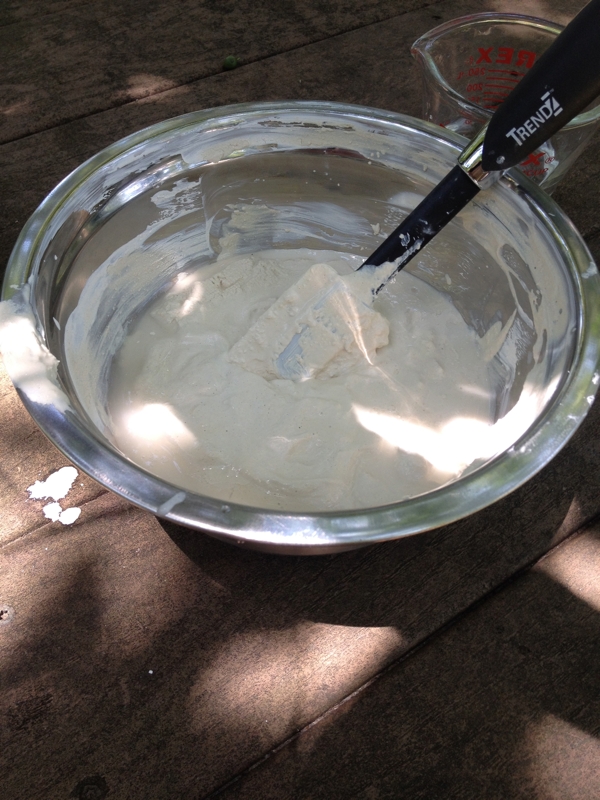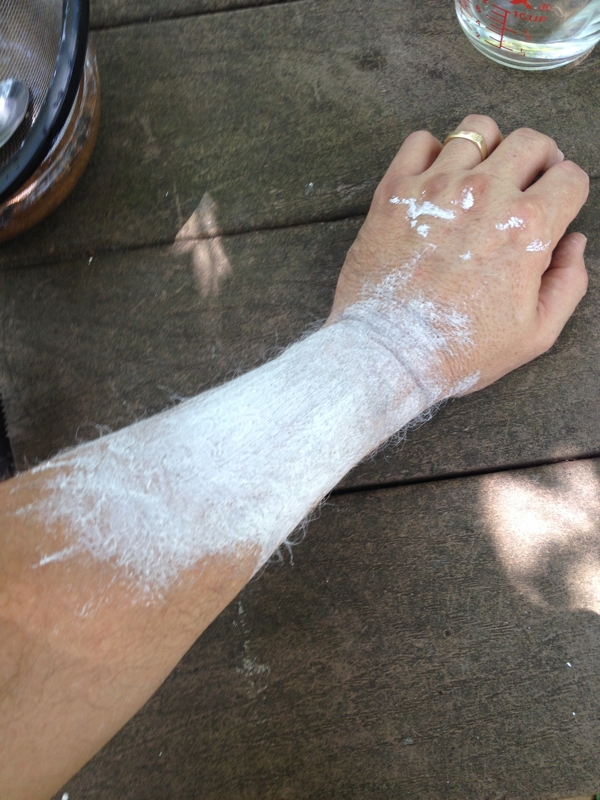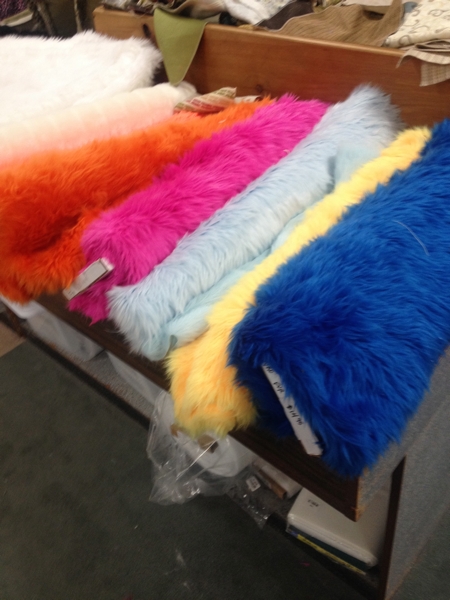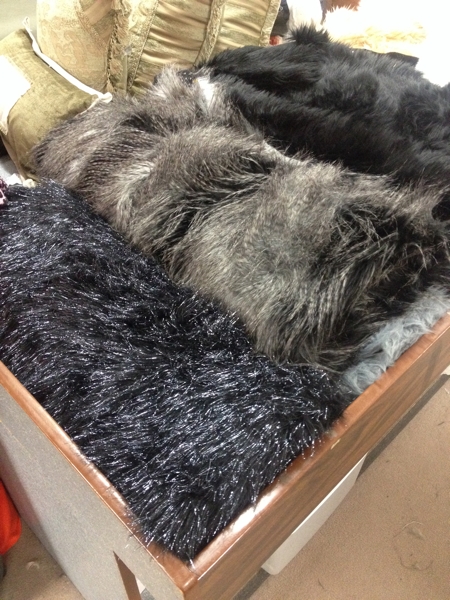Those of you who have been reading along can skip this post. This is for those who, like me, were looking for a cheap white body paint they could make at home for whatever reason. I’ve tagged the post so that perhaps it will show up in searches.
Brief history: I and my compadres in the 3 Old Men ritual troupe needed a cheap white body paint. There is no such thing as cheap commercial body paint, and so I had hoped that the intertubes would provide me with a recipe to make it myself.
Alas, all internet recipes I found were completely ineffective. They were based on cold cream, which would have been problematic in Nevada’s Black Rock Desert anyway, but worse, they weren’t actually white. I regard the accompanying photos of happy, whitefaced children as fraudulent.
Luckily, here in Georgia we mine kaolin, a white clay used for various industrial purposes such as making paper white and shiny and for Kaopectate.
Knowing that some people eat it for whatever reason—you can go do that research yourself if you like—I figured it would be available somewhere around here. I asked the Facebook and got more than a couple of kaolin resources, the best of which is a nearby grocery store, where it sits in the produce section:

You thought I was kidding, didn’t you? Yes, the price is $1.49 for about a pound of kaolin.
So here are the instructions to make an incredibly cheap white body paint based on my experimentation.
Dump your kaolin into a bowl and add 1-1/2 to 2 cups of water to it.

Just let it sit for about half an hour, stirring occasionally. You will want to use a little larger bowl than I have here, and my advice is do this outside. It can get very messy very quickly, and as you will discover, a little bit of this stuff can go a very long way.
Add water if necessary:

It should be the consistency of sour cream.
Buy yourself a bowl large enough to hold your final mixture; a strainer that will hook over the bowl; and a spatula, one that is completely flat on its face (unlike mine). It is possible to use your household utensils, but if you’re going to be making a lot you will want dedicated equipment so that you don’t have to completely clean the kaolin off of every nook and cranny.

Scoop the goop into the strainer, and force it through with the spatula. The finer mesh your strainer had, the finer your body paint will be.

As you moosh it through, you may need to add water for any clumpy bits. Also, of course, it doesn’t fall straight into the bowl. A lot of it will cling to the other side of the strainer, so be prepared to scrape the bottom:

Finally, you will have a bowl of white, yummy kaolin. Stir, add water, etc.

I was smart to buy a stainless steel bowl with a rubberized bottom, but I wish it had come with a lid. You will want to keep it covered to keep it wet, although if it dries, it’s not difficult to reconstitute it.
How well does it cover? Here’s about a teaspoon smeared on my arm, still wet:

And here it is dry:

Used in a fairly liquid state, it dries smooth and does not come off. If you don’t use as much water, it may cake and crack—that’s a definite look as well.
It’s comfortable on the skin, and best of all it just rinses right off. Pretty much perfect: cheap kaolin, water, comfortable, and removable.
Unanswered questions: how much does it take? I started with a pound of the stuff, and I covered my entire body with maybe a fifth of it. However, that was the first formulation, which was thicker and cakier, so it ought to go even further if you use a runnier consistency on fewer body parts.
Also, I don’t know whether this could be tinted or not. I’m sure you could use food coloring, but you would risk dyeing your skin. Perhaps sidewalk chalk or tempera paint? I may or may not play with that; we just needed white.
Could you add cold cream to it? I don’t see why not, but why go greasy when it’s perfectly comfortable the way it is?
Finally, there are online sources for kaolin, but it’s not cheap like that. My advice would be to start checking around convenience stores and groceries that cater to the African-American community; it is mostly older black ladies who eat “white dirt.”
Bottom line: you can spend $12.95 for 4 oz. of body paint, or you can spend $3.00 for a pint. You’re welcome, internet.

![]()



























